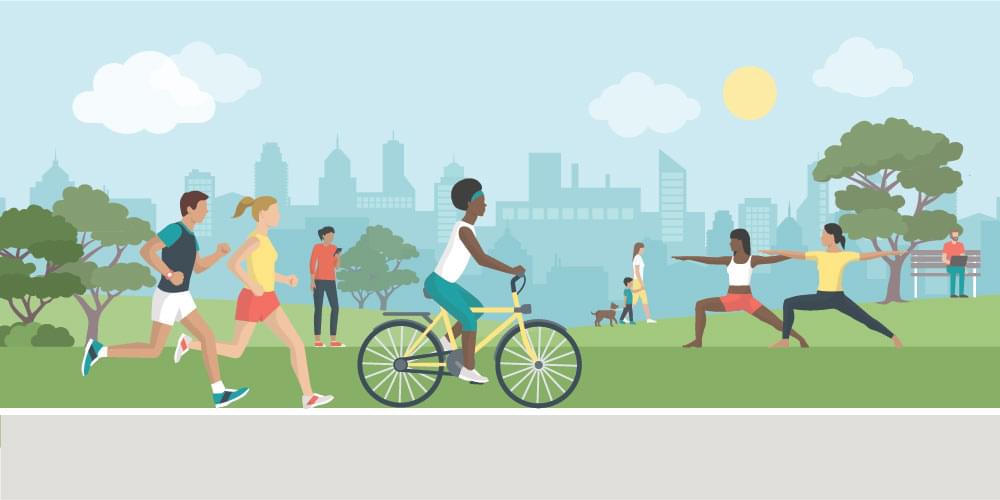
Benefits of physical activity include reducing anxiety and blood pressure, improving sleep, and lowering risks of type 2 diabetes, heart disease, and some cancers.
Yet, misconceptions abound:
- “Physical activity needs to be long in duration to be effective.”
- “I have to take 10,000 steps a day to be physically fit.”
- “It’s too late in life to be physically active.”
- “I feel discouraged. I’m active but my weight hasn’t changed.”

I-Min Lee, MBBS, MPH, ScD, an epidemiologist in the Brigham’s Division of Preventive Medicine, has published more than 450 scientific articles on how physical activity influences chronic diseases and enhances longevity. Recent research using wearable devices shows all physical activity is valuable, including cleaning, gardening, or walking short periods.
“All activity counts, no matter what it is,” Lee says. “You can add up bits of activity to achieve at least 150 minutes a week of moderate-intensity activity, such as brisk walking, or 75 minutes a week of more vigorous exercise, such as jogging or running, plus muscle-strengthening activity
at least two days a week.”
One of Lee’s studies debunked the 10,000 steps-per-day myth. For women 60 or older, health benefits taper off around 7,500 steps; even 4,400 steps improves longevity. A meta-analysis of several studies found benefits tapering between 7,000 to 9,000 steps for those younger than 60.
Since people tend to put on weight with age, physical activity becomes even more important.
“For two people with the same high body fat and body weight, the person who is physically active is healthier than the person who is not,” she says. “Some exercise is better than none, even if it doesn’t lead to a difference on the scale. Research shows it’s never too late to start being active.”

